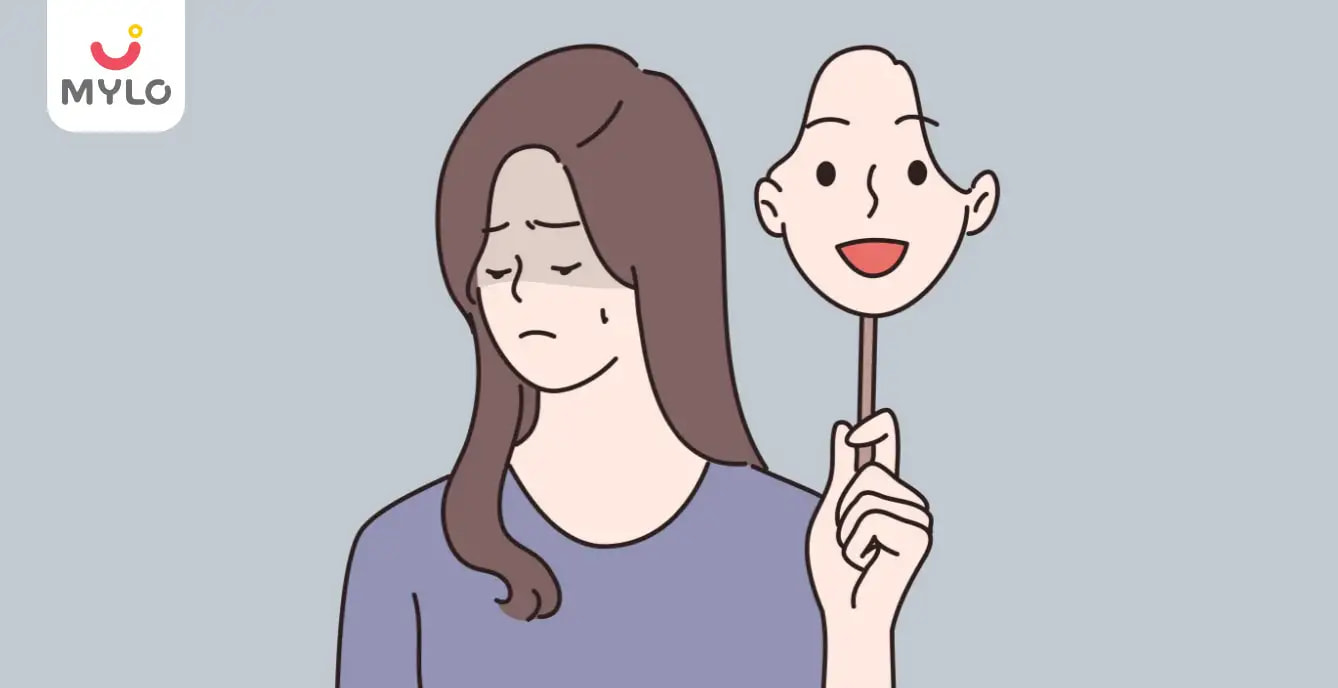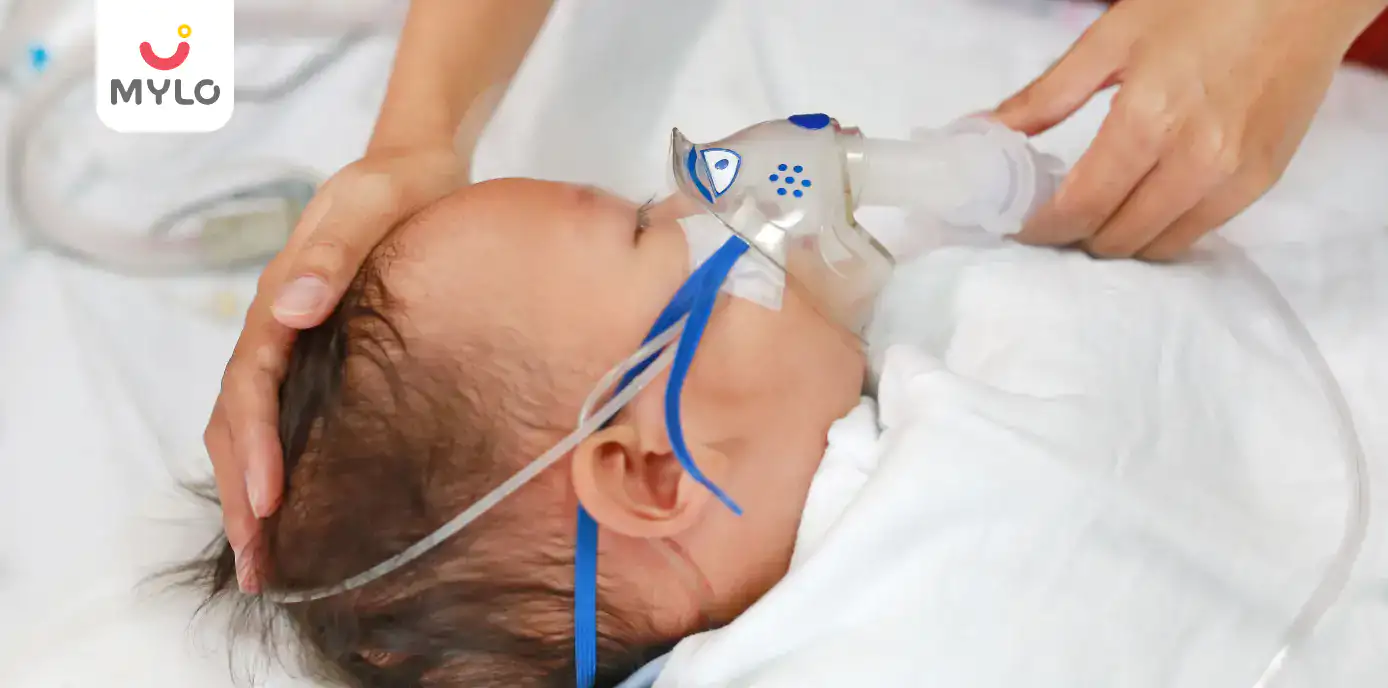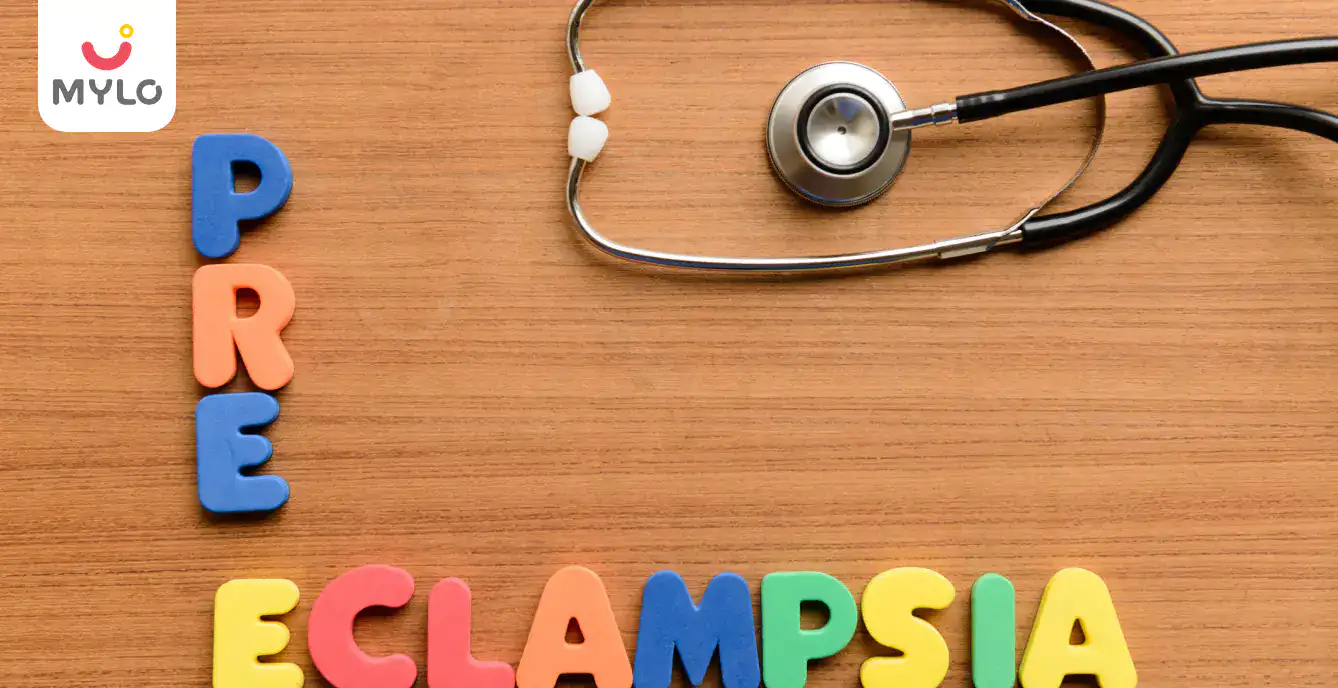Home

Emotions & Behaviour

Behaviour Therapy: Benefits, Types & Techniques
In this Article

Emotions & Behaviour
Behaviour Therapy: Benefits, Types & Techniques
Updated on 25 April 2023
Behaviour therapy is a broad term for types of therapy that help treat several mental health disorders and change self-destructive behaviors. In this article, we will understand what is behavioral therapy, the types of behavior therapy, the techniques used and its benefits.
What is behavioral therapy?
Behaviour therapy is a broad term for types of therapy that help treat several mental health disorders and change self-destructive behaviors. The aim of behavioral therapy is to eliminate self-destructive and unhealthy behaviors and reinforce desirable ones. Behavioral therapy is based on the idea that unwanted behaviors can be changed and desirable behaviors can be learned.
Types of behavioral therapy?
There are different types of behavior therapy. The type of therapy used can depend on the condition being treated, the severity of symptoms etc. Most common types of behavior therapy include:
-
Cognitive behavioral therapy (CBT)
Cognitive behavior therapy applies behavioral techniques along with a cognitive element that focuses on problematic thoughts behind the behaviors.
-
Cognitive behavioral play therapy
Cognitive behavioral play therapy makes use of play to analyse, prevent and/or treat psychosocial challenges. This type of behavioral therapy helps children learn through play how to think and behave differently.
-
Applied behavior analysis
Applied behavior analysis applies operant conditioning to correct and modify problematic behaviors.
-
Dialectical behavioral therapy
Dialectical behavioral therapy is a type of CBT that uses both behavioral and cognitive techniques to help people manage their emotions, cope with stress and improve relationships.
-
Rational emotive behavior therapy
Rational emotive behavior therapy relies on identifying destructive thoughts and feelings to help people challenge those thoughts and replace them with more realistic and rational ones.
You may like: What Helps in Improving Mental Health of Women
What is the main goal of behaviour therapy?
Behavior therapy aims to help a person understand how changing their behavior and attitude can help them change how they are feeling. The main goal of behavior therapy is to increase the person’s engagement in socially reinforcing and positive activities. This structured approach carefully analyses what the person is doing and how to increase their chances for positive experiences.
Benefits of behavioral therapy
Here are some of the most common benefits of behavioral therapy:
-
Behavioral therapy is one of the most widely used and effective treatments for numerous conditions like depression, anxiety, panic disorders and anger issues.
-
Additionally, behavioral therapy can also help manage conditions and disorders like post-traumatic stress disorder (PTSD), bipolar disorder, eating disorders, attention deficit hyperactivity disorder (ADHD), phobias, obsessive-compulsive disorder (OCD), substance use and self-harming behaviors.
-
Behavioral therapy can be beneficial for both adults and children. CBT is often considered the gold standard for treatment of several disorders. And cognitive behavior play therapy is highly-effective for children.
-
Behavior therapy has also been found to assist people with coping strategies, communication, self-esteem and healthier thought patterns.
Some techniques used in behavioral therapy
In order to understand what is behavioral therapy and how it works, let us understand some of the techniques used in behavioral therapy.
-
Classical conditioning
Classical conditioning relies on forming associations between stimuli. Stimuli that were previously neutral are paired with a stimulus that automatically evokes a response. After repeated pairings, the association is achieved and previously neutral stimuli will automatically evoke responses on their own.
-
Aversion therapy
Aversion therapy focuses on pairing undesirable behavior with an aversive stimulus so that the unwanted behavior can eventually be reduced. For instance, a person with alcohol use disorder may be given Antabuse, a drug that causes severe symptoms like nausea and vomiting when combined with alcohol.
-
Systematic desensitization
In this technique, the person makes a list of fears and learns to relax while focusing on these fears. The person systematically confronts these fears, starting with the least fear-inducing item and working their way up to the most fear-inducing item.
-
Operant conditioning
Operant conditioning utilises reinforcement and punishment to increase or decrease a particular behavior’s frequency. Behaviors followed by negative consequences are less likely to repeat in the future and those followed by desirable consequences are more likely to occur in the future.
-
Behavior modelling
Behavior modelling as the name sounds involves learning by observation and modelling the behavior of others. This technique encourages people to learn new skills and acceptable behavior by watching others perform those desired skills.
Closing Thoughts
If you or someone you know is struggling with a disorder or mental health condition, please reach out for help. Behaviour therapy can help assess your concerns and devise a specific treatment plan.



Written by
Anupama Chadha
Anupama Chadha, born and raised in Delhi is a content writer who has written extensively for industries such as HR, Healthcare, Finance, Retail and Tech.
Read MoreGet baby's diet chart, and growth tips

Related Articles
Related Questions
Hello frnds..still no pain...doctor said head fix nhi hua hai..bt vagina me pain hai aur back pain bhi... anyone having same issues??

Kon kon c chije aisi hai jo pregnancy mei gas acidity jalan karti hain... Koi btayega plz bcz mujhe aksar khane ke baad hi samagh aata hai ki is chij se gas acidity jalan ho gyi hai. Please share your knowledge

I am 13 week pregnancy. Anyone having Storione-xt tablet. It better to have morning or night ???

Hlo to be moms....i hv a query...in my 9.5 wk i feel body joint pain like in ankle, knee, wrist, shoulder, toes....pain intensity is high...i cnt sleep....what should i do pls help....cn i cosult my doc.

Influenza and boostrix injection kisiko laga hai kya 8 month pregnancy me and q lagta hai ye plz reply me

Related Topics
RECENTLY PUBLISHED ARTICLES
our most recent articles

Feeding Schedule
How Long Does Breast Milk Last at Room Temperature?
Home Remedies
Thrush: Causes, Symptoms, Treatment, and More

Illnesses & Infections
Childhood Asthma: Symptoms, Causes & Treatment

Feeding
Reflux in Baby: Symptoms, Causes & Treatment

Preeclampsia
Pre Eclampsia: Meaning, Causes & Symptoms
Illnesses & Infections
Baby Diarrhea: Causes, Symptoms & Treatment
- Bronchiolitis: Causes, Symptoms & Treatment
- Pelvic Pain in Pregnancy: Symptoms & Treatment
- Saliva During Pregnancy: Causes & Prevention
- Effective Ways to Treat Jaundice in Children: Expert Tips for a Speedy Recovery
- 10 Best Original Movies to Watch on Netflix
- Flu, Change of Season or New Covid Variant, XBB.1.16- What’s Causing These Symptoms?
- 5 Ways In Which Music Can Boost Your Baby's Brain Development
- How to Stop Baby Hiccups: Everything You Need to Know
- “Staying Active and Healthy: The Benefits of Safe Exercise During Pregnancy”
- Appendicitis In Pregnancy Symptoms, Diagnosis & Surgery
- 5 Common Myths Busted About Baby Sleep
- “Ectopic Pregnancy: All You Need to Know About This Complication”
- Importance of Typhoid vaccines
- Benefits of eating nuts


AWARDS AND RECOGNITION

Mylo wins Forbes D2C Disruptor award

Mylo wins The Economic Times Promising Brands 2022
AS SEEN IN
















- Mylo Care: Effective and science-backed personal care and wellness solutions for a joyful you.
- Mylo Baby: Science-backed, gentle and effective personal care & hygiene range for your little one.
- Mylo Community: Trusted and empathetic community of 10mn+ parents and experts.
Product Categories
baby carrier | baby soap | baby wipes | stretch marks cream | baby cream | baby shampoo | baby massage oil | baby hair oil | stretch marks oil | baby body wash | baby powder | baby lotion | diaper rash cream | newborn diapers | teether | baby kajal | baby diapers | cloth diapers |








